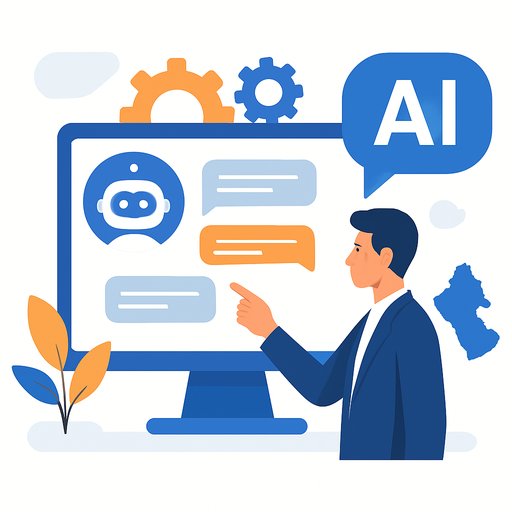Amelia 7 lands in Apivia's contact centers: what support leaders need to know
Apivia Courtage is rolling out SoundHound's Amelia 7 across its European contact centers after strong pilot results. Reported productivity gains hit 20%, and a live demo is scheduled at Reavie in Cannes. The announcement also coincided with a lift in SoundHound AI (SOUN) shares on October 8, 2025.
For customer support teams, this is a clear signal: agentic AI is moving from proof-of-concept to day-to-day operations, with guardrails that fit regulated environments.
Why this matters for support leaders
- Cross-channel coverage: One AI across voice, chat, and text reduces fragmentation and shortens training time for agents and customers.
- Agentic + rule-based control: Amelia 7 blends reasoning and planning with deterministic workflows, so you get flexibility without losing policy compliance.
- Human-in-the-loop: Built-in escalation routes complex or sensitive cases to advisors without breaking context.
- Security baked in: One-time password verification supports identity checks for changes to contracts or personal data.
What Amelia 7 is handling today
- Contract updates and edits to personal information
- Automated calculations for the financial impact of policy changes
- Scheduling meetings with human advisors
- Thousand-plus inquiries on reimbursements and coverage levels
Result: routine volume shifts to automated flows, and human agents spend more time on strategic, relationship-focused work.
Operational impact you can expect
- Faster response times: Low-latency speech recognition plus an enterprise-tuned response engine reduces dead air and repeat prompts.
- Higher containment: More intents resolved without escalation, with clear exits for regulated exceptions.
- Cleaner queues: Triage and self-service remove repetitive workload before it hits live agents.
- Better QA: Deterministic steps create audit trails that make compliance reviews simpler.
Pilot blueprint (6 steps)
- Pick 5-10 high-volume intents with clear rules (e.g., coverage checks, appointment booking, document retrieval).
- Baseline metrics (AHT, FCR, containment, CSAT, escalation rate, verified ID success rate).
- Design flows using rule-first paths, then enable agentic reasoning for edge cases and clarifications.
- Escalation logic by risk level: compliance triggers, sentiment dips, repeated failure, OTP failure.
- Launch in one channel (chat or voice), then expand cross-channel once KPIs stabilize.
- Train agents on handoffs, AI summaries, and how to coach the model with feedback loops.
KPIs to track post-launch
- Containment rate and deflection by intent
- AHT delta (AI-assisted vs. non-assisted)
- CSAT/NPS for AI-resolved vs. human-resolved
- Escalation reasons and resolution quality
- OTP success rate and any re-auth volumes
- Error categories tied to policy or data gaps
Compliance and risk notes
- Identity verification: Maintain OTP or equivalent checks before allowing policy changes.
- Auditability: Log prompts, decisions, calculations, and handoffs for each interaction.
- Policy gating: Use deterministic steps for regulated intents; limit free-form outputs where rules apply.
- Data minimization: Redact non-essential PII from transcripts and training feedback.
Industry context
Amelia 7 is built for enterprise-grade use with controls that matter in insurance. AEMA Group's adoption via Apivia Courtage signals growing comfort with AI on the front line of client interactions. Expect more EU carriers to follow as measurable productivity gains become public and referenceable.
What to do next
- Identify 3-5 intents you could move to AI within 60 days.
- Draft escalation rules tied to risk and sentiment, not just intent failure.
- Stand up an AI QA practice: weekly review of transcripts, failure modes, and fixes.
Level up your team
If you're building AI-assisted support, these resources can help your agents and ops leaders upskill fast:
Your membership also unlocks:






